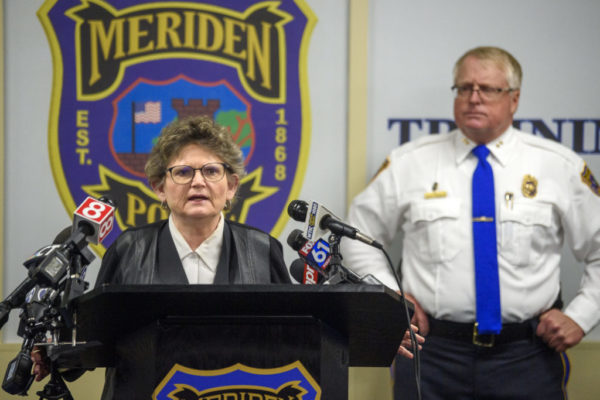
See also “A new way to solve crimes presents privacy concerns”

Forensic and genetic genealogy testing are used by law enforcement and hobbyists alike. Some use DNA testing to find criminals, some to find their birth parents and some to find out more information about their ancestors- but a new nonprofit is stepping onto the scene to use DNA testing not to identify criminals but the victims themselves.
The DNA Doe Project was founded by Margaret Press and Colleen Fitzpatrick in 2017. Their goal is to be a voice for those who can no longer speak.
Press, a linguist, software developer and mystery novelist from Los Angeles, developed an interest in genetic genealogy through her passion for family history research. She started helping adoptees find their birth parents but discovered a passion for helping find the true identities of Jane and John Does and bringing closure to their families.
Born in New Orleans and originally a physicist, Fitzpatrick has been working with police to use DNA testing to solve crimes for over a decade. In 2007, she even identified an unknown child who was killed when the Titanic sank in 1912. Fitzpatrick also founded IdentiFinders International in 2011 and is often sourced as the person who coined the term “forensic genealogy.”
Press and Fitzpatrick were the first to identify a victim using next-generation sequencing in combination with genetic genealogy. The John Doe in this case was reunited with his name: Joseph Newton Chandler. The DNA Doe Project has since identified more than 16 Jane and John Does in the two years since its founding and has volunteers working in labs across the United States.
One volunteer, Cairenn Binder, serves as the DNA Doe Project’s case manager for the Southwest United States and joined the organization in 2018.
“We are advocates for the dead, who can no longer speak,” Binder said. “Many of our volunteers are advocates for specific populations, such as Anthony and Lee Redgrave who founded the Trans Doe Task Force. Many of us also advocate by attempting to bring media attention to our cases.”
Most cases are submitted to the DNA Doe Project by law enforcement after they have exhausted typical methods to identify victims. Volunteers in the area coordinate with local partners to facilitate DNA extraction and sequencing. Then, if a match is found, the information is given back to law enforcement for them to contact next of kin and conduct any testing needed to confirm the result.
Binder said DNA Doe volunteers are able to identify victims — some of whom have been deceased for over 30 years — with the help of the scientists who worked those cases.
“There are scientists who have done the legwork before we come along to approximate the time of death as well as the descendant’s age at the time of their death,” she said. “This allows us to have a good idea of the birth year when we begin a case, and when we are searching ancestral downlines, we keep an eye out for people born in the approximate time we are looking for.”
The volunteers can use this information to corroborate possible matches with missing person reports around that time period and matches in DNA profile databases.
The most important thing people can do to help is upload any DNA tests they’ve done with companies such as AncestryDNA or 23andMe to GEDmatch and opt in for law-enforcement matching, said Binder. According to her, the more people in the database, the easier it will be to identify possible matches. She acknowledged the privacy concerns related to this request.
“My DNA is DNA I share with my direct family but also my third, fourth and fifth cousins whom I have never met. By uploading my DNA to GEDmatch, it is true that this shares their DNA information as well,” she said, “but humans in our society are all connected so closely that the privacy of individuals is never a guarantee.”
The DNA Doe Project does take large measures to protect the information of Jane and John Does, according to Binder. After a victim is identified, the name is only released with permission from their next of kin.
“When it comes to our genetic privacy, I believe that the benefits of genealogy for cold cases outweigh any risks,” said Binder. She believes the ability forensic and genetic genealogy have to bring justice justifies the process.













